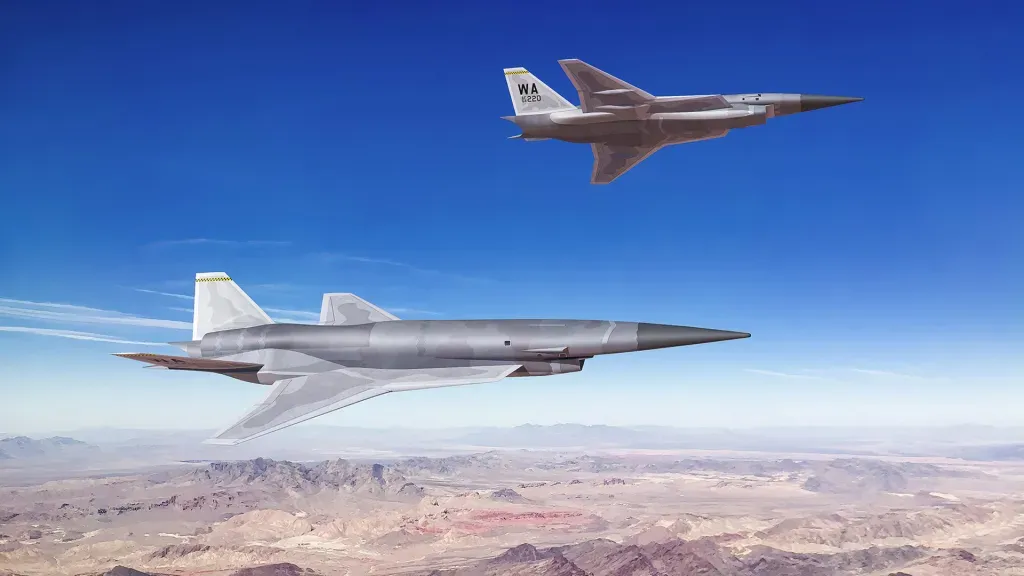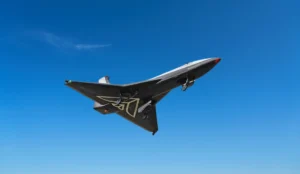China Unveils Ram-Rotor Detonation Engine for Hypersonic Flight
Dr. Wei Zhang, Lead Researcher at Tsinghua University and Hypersonic Propulsion Specialist, discusses the breakthrough RRDE technology, its potential impact on hypersonic flight, and the engineering challenges ahead.

Photo Source: TechCrunch
Chinese researchers have unveiled a groundbreaking propulsion system that could transform hypersonic flight. A team from Tsinghua University in Beijing has developed a new engine concept, the Ram-Rotor Detonation Engine (RRDE), combining the power of ramjets with a rotary detonation engine (RDE). This innovative hybrid design is aimed at improving the efficiency of hypersonic travel by delivering continuous thrust, enabling lower start-up speeds, and enhancing overall engine performance.
The RRDE operates by integrating a rotor compressor with a detonation engine, inspired by rotary engines. The engine’s design aims to generate sustained pressure cycles and steady thrust through rapid combustion (detonation) that compresses fuel and air with shock waves, releasing heat in a controlled manner. This detonation process is crucial for achieving higher performance in hypersonic flight, where maintaining continuous thrust is a significant challenge.
While previous detonation engines like Pulsed Detonation Engines (PDEs) and Rotating Detonation Engines (RDEs) have shown promise, maintaining steady thrust and pressure has been difficult in practical applications. The RRDE aims to solve these problems by using rotating blades that compress and ignite fuel and air in a single continuous sequence. The rotor design ensures that shock waves are managed effectively, and thrust is enhanced for more stable propulsion.
The RRDE consists of a rotor with helical blades inside a stationary casing, creating channels for fuel and air. These gases are compressed, ignited, and expanded in one smooth process. The engine design minimizes disruptions from shock waves, improving performance by sustaining ideal pressure cycles. What sets the RRDE apart from previous detonation engine designs is its ability to function reliably across a range of speeds by adjusting rotor speed, making it adaptable for different flight conditions.
Through simulations and experimental tests, the researchers demonstrated that the RRDE could operate stably at Mach 4.2 (4.2 times the speed of sound) and achieve combustion temperatures near 2,100 Kelvin (1,827°C). The engine’s efficiency is greatly improved by its ability to adapt to varying inlet velocities and fuel ratios. For example, tests using a hydrogen-air mixture resulted in a pressure increase of 1.6, showing the engine’s potential for reliable hypersonic propulsion.
However, the team acknowledged that challenges remain, such as maintaining stable detonation at lower speeds and protecting the rotor blades from the extreme heat generated at high speeds. Future research will focus on developing new materials and cooling technologies to address these issues and improve the RRDE’s performance.
This innovative engine concept could be a major step forward in the race for faster, more efficient hypersonic travel, with potential applications in both commercial aviation and defense.






